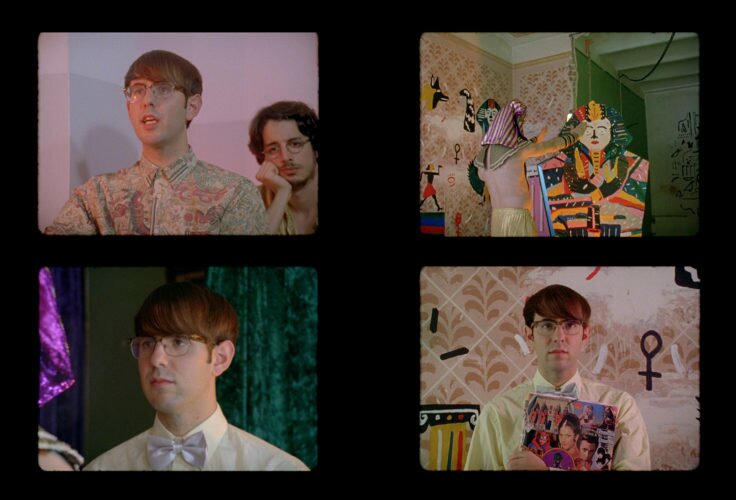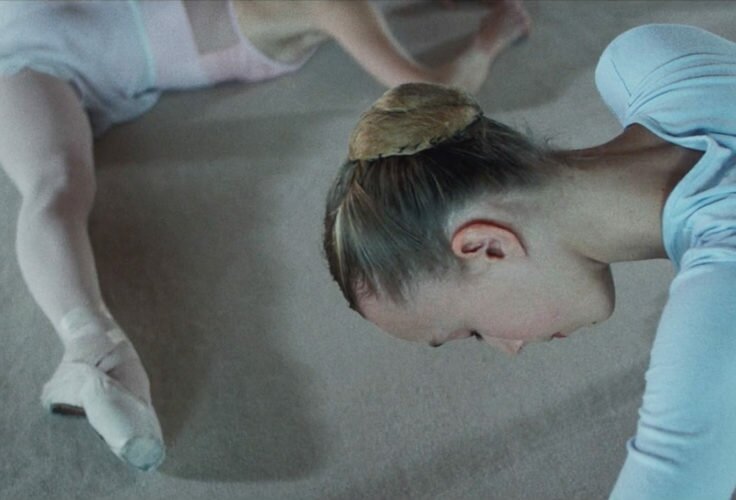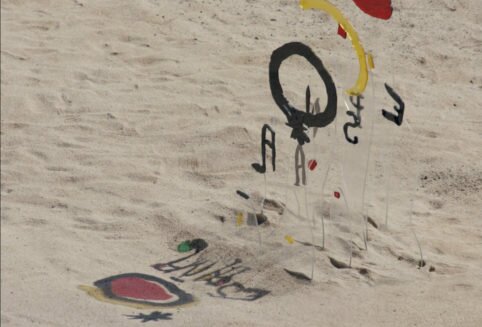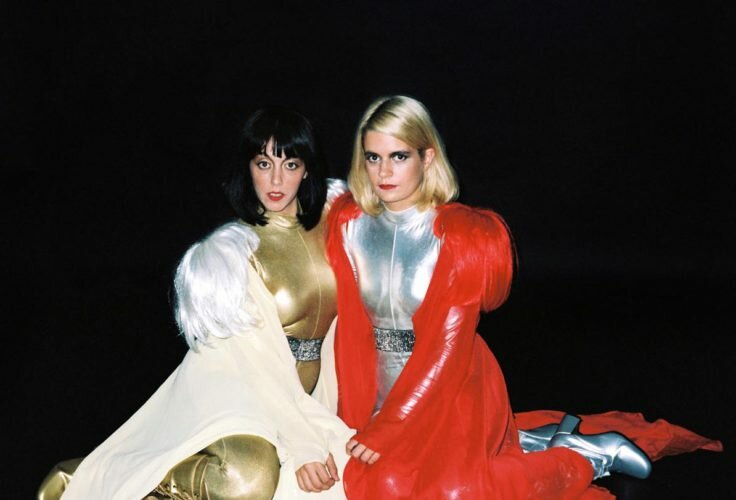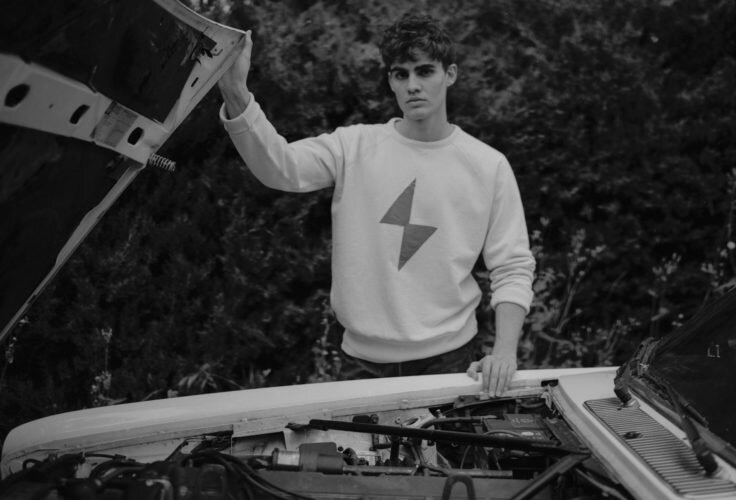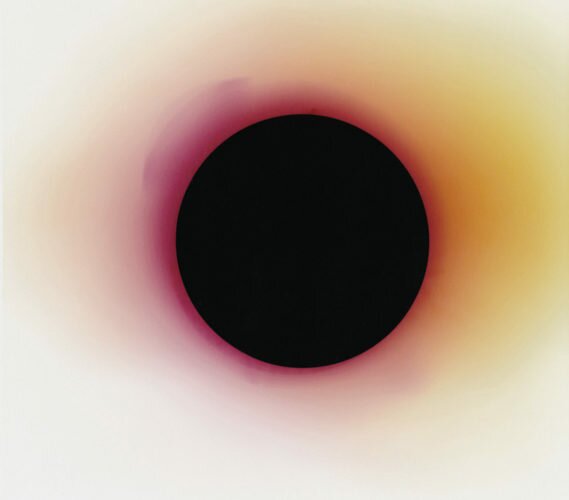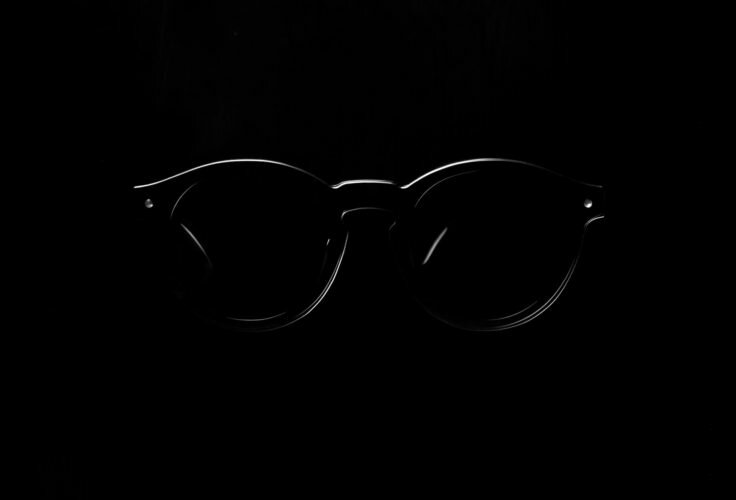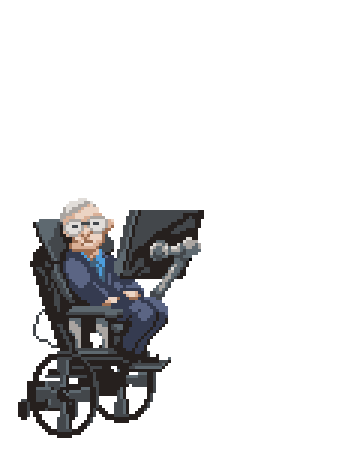Gudetama is the Bartleby of the emoji. An egg yolk that is an ode to idleness and to the maxim “I would prefer not to”. Víctor Navarro Remesal introduces you to this Japanese phenomenon.

Superscience strikes back!
by
Victor Navarro Remesal
Hulk has a PhD in Nuclear Physics, so we shouldn’t be surprised to see Stephen Hawking doing the reverse and start beating people up. Besides, scientists have been pop since Arthur Sasse photographed Einstein with his tongue sticking out, or even before that, when Verne and Wells used science as the basis of their fantasies. To that we should add that in the “mist of our digital culture,” as art critic Mery Cuesta puts it, high and low are mixed up: Tumblr has equalled hard science and hadouken. For all this, , a newsgame in Brazilian magazine Superinteressante in which scientists such as Darwin, Marie Curie or Tesla kick the hell out of people, was almost inevitable… but this doesn’t make the animations of illustrator Diego Sanches, that work even better as isolated GIFs, any less worthy.

Imagining a chemist as a martial arts expert is an excess typical of this our I Fucking Love Science times, in which we do not love science so much as we do its more mediatised image. In the post-Cosmos age, science is a superpower, and scientists are superheroes. Or icons, or memes. Remember Breaking Bad (“Yeah, science!”), the appearances of Hawking himself in The Simpsons and Futurama, or Batman V Superman, in which there’s no one more charismatic than Neil Degrasse Tyson. We still don’t have a clue about particle physics, but we produce Brian Cox fanarts and . Even if Silicon Valley thinks itself the centre of the world and Tony Stark (three PhDs: physics, mechanical and electrical engineering) sets up Apple-style keynotes, it’s the scientist, the educational-scientist in particular, who acquires today a truly superhuman dimension. Nerds have become badass. If you don’t believe me, look at the title that Netflix has chosen for its programme with Bill Nye, US PBS : Bill Nye Saves The World.


For this reason, the use of one-on-one classic codes (and Sanches’ GIFs could have perfectly come out in Konami or Capcom’s golden age) seems a winner: they tell us that the visible faces of science operate at the same level than Zangief or Chun-Li, that is, as ideas-images, almost like animated pictograms. Ask yourself: what defines Ryu? A highly recognizable visual design, its gestures and special techniques (devastating blows with name and surname loudly announced as a kind of invocation). That is, aspect, movement, powers. And now, what do I know about Stephen Hawking? That he has an unmistakable image, sits on a wheelchair and has studied black holes. That’s it: aspect, movement, powers. And it’s the last crossroad, that of scientific findings and secret techniques, what elevates these GIFs beyond the obvious: as animated pictograms they highlight, in the universal language of pixel art and blows, that the theory of relativity makes us as strong as a flying kick. It’s the same kind of hope, we’ve only changed Sagan by Sagat.
(Coda: Superinteressante also did a , with more ugly aesthetics, in which we can beat someone to a pulp with Plato, Beauvoir or Sartre. I fantasise with a crossover like Capcom’s versus, a Science Kombat vs. Filosofighters with, on top of that, the cinematics of Existential Comics.)





